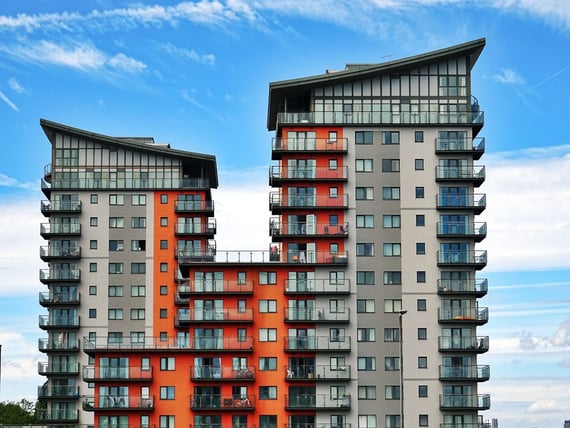Building multi-unit properties can be a very lucrative investment, but there are many important differences between these types of builds compared with single family homes. Furthermore, there are also differences to consider among multi-unit properties depending on their size. This article will break down some of the most important considerations.
The smallest type of multi-unit property falls in the 2-4 unit category. If you’re new to investing in multi-unit, this is certainly a great place to start. One of the reasons these builds are appealing to investors is because they generally fall under the same lending categories as single family properties.
In terms of management, a few units under one roof is still relatively easy to manage without the need of hiring a property manager, but comes with the benefits of income from multiple units. What’s more, if you make one of the units your primary residence, you may even qualify for an FHA loan (Federal Housing Administration Loan), which requires a very low down payment, usually around 5%.
On the other hand, if the multi-unit property you choose to build contains 5 or more units, it is considered a commercial property, and commercial properties are valued based on the income they produce. This remains true whether it's a building with 5 units or 500 units. Knowing this, you must take into account the rental market, as well as the value the neighborhood you’re building in can bring to the property. Perhaps you’re in a dense urban area where you can build a multi-unit property with retail spaces on the ground level, allowing for even more income.
Another consideration to keep in mind is the larger the property, the more likely you’ll need to hire a professional property management company to run the day to day operations.
Finally, regardless of whether your multi unit property contains 4 units, 40 units, or 400 units, a factor that remains crucial in any case is the location. Before deciding to invest in a multi-unit property, decide carefully on where you’d like it to be. Is it an area with proximity to shops, schools, transit, and entertainment? All of these things can add tremendous value to the property, and directly determine how much rent you can charge.
It is also worth looking at the rental market in the area and comparing your build to what is already out there. If you are unfamiliar with the area, it is always wise to consult local real estate professionals to get a real feel for what you’re up against.
Finally, don’t forget about incorporating things that may be a minor additional expense to you, the investor, but will be highly sought after by potential renters. These are things like laundry in the building, or even in each unit, outdoor spaces, and security features such as magnetic entry and video intercom. All of these amenities can set you apart from neighboring multi-unit properties, ensuring you get even more of a return on your investment.

Recent Posts
- Spec Home Loans: Complete Guide to Construction Financing for Builders
- Spec Construction Loans: A Spec Line of Credit Is Worth the Paperwork
- Spec Homes and Pre-Sale Homes: Relative Benefits for a Spec Builder
- Spec Construction Success: Insights for the Investor Builder
- How Is a Spec House Different From Other Kinds of House Construction?
